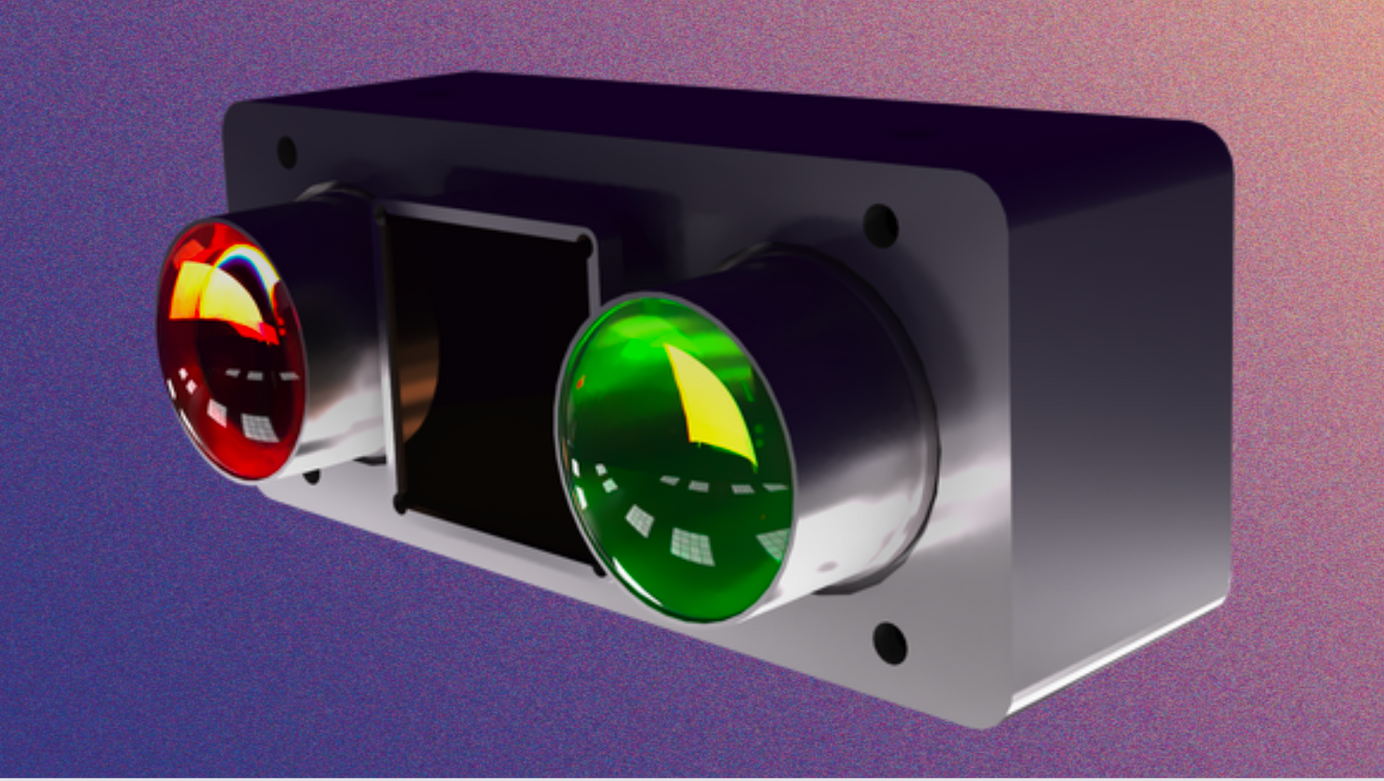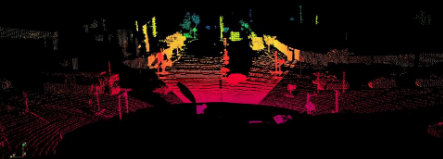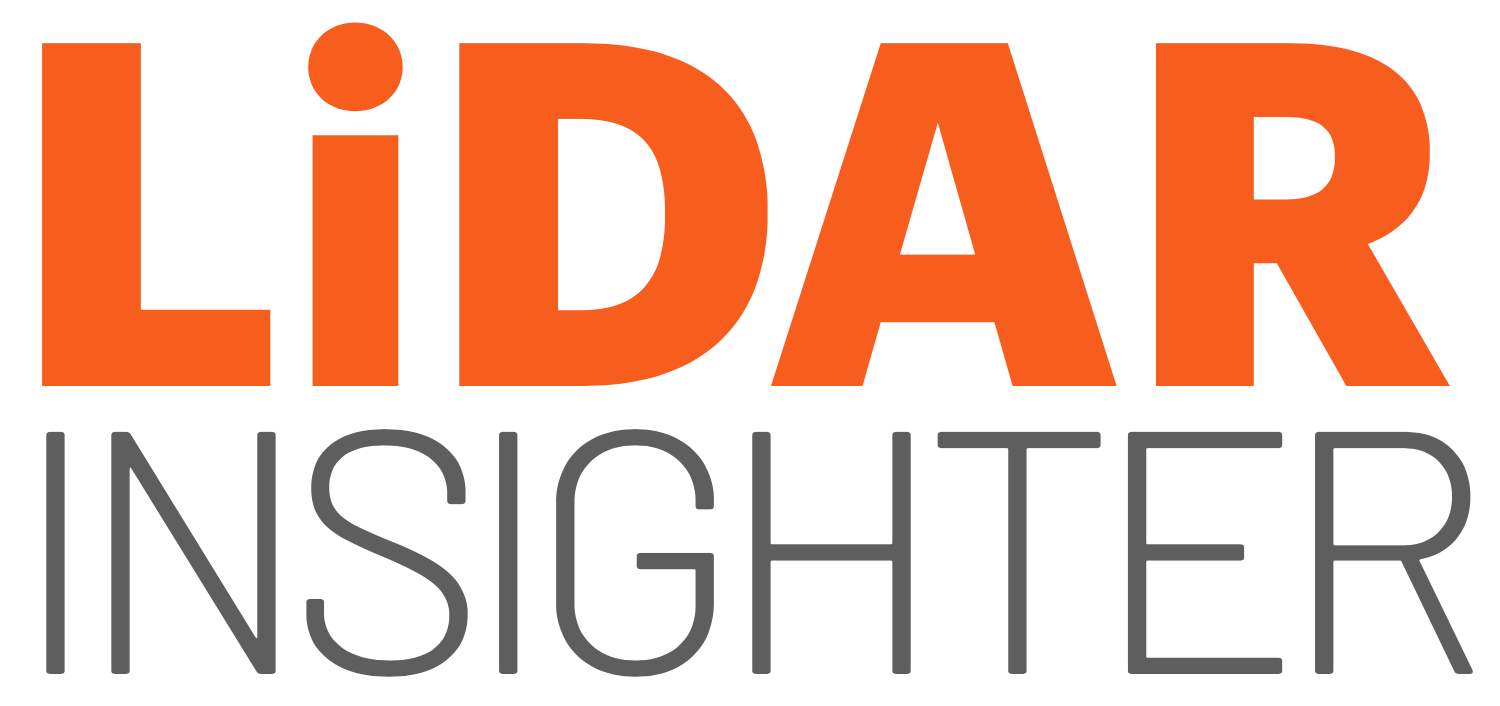
Opsys Announces Important Customer Collaborations
The company recently signed a major agreement with SL World, a large Korea-based manufacturer of automotive headlamp assemblies.
The company recently revealed a significant client partnership with SL World, a sizable Korean manufacturer of the automobile headlamp assembly.
In addition to partnering with SL World to integrate its SP3 LiDAR into headlamp assemblies, Opsys is a licensed manufacturer and integrator of automotive systems for the Opsys LiDAR.
Opsys Chairman Eitan Gertel also mentioned that the business had agreements with additional automakers, which will soon be made public. These consist of the following:
1) A well-known electric and internal combustion engine vehicle manufacturer in China recently unveiled an L4 (conditional autonomy) driverless cab and planned to outfit all of its L3 and L4 level autonomy cars with LiDAR. Opsys and their Tier 1 supplier have a supply exclusivity agreement in place.
2) A company with annual revenues of around $10 billion based in China produces optical systems and sensors for various applications, including cell phones, innovative infrastructure, transportation, and security.
With this business, Opsys has an exclusive contract to supply LiDARs for autonomous vehicle applications. By 2025, the company anticipates selling them into 1 million vehicles annually.
3) An agreement (MOU) with a significant European Tier 1 automotive supplier. The businesses will work together to industrialize and include Opsys LiDAR into important ADAS platforms for automobiles.
The SP3 can be viewed as a fundamental LiDAR building block, with various units combined to meet particular client and application requirements.
The advantages of this strategy are substantial from the standpoint of production since custom designs and performance can be achieved using a single base unit, which lowers the manufacturing complexity and enables lower cost and economies of scale.

Eight base units were used to build the point cloud in Figure 2 to picture a 220°x13° Field of View (FoV).
Region of Interest (or ROI) LiDARs is gaining popularity. They are typically used to identify geographic locations requiring additional attention (either by looking at full LiDAR frames and using software or radars or cameras to cue the LiDAR).
Once a smaller FoV is detected as attractive, LiDAR fully uses its capabilities to obtain a more extended range or better resolution. It is twisted differently by Opsys. Although it always perceives the entire field of view, it uses additional laser pulses in the ROI to increase the PoD and increase the range.
STAY ON TOP OF THE NEWS
Join the free newsletter to receive the latest updates in your inbox.
The number of Opsys system building blocks required to cover the entire field of view is equal to the number of ROI windows that are instantly accessible. At CES, the device was used to demonstrate a moving vehicle while shining in direct sunshine. The resulting point clouds' range and resolution were outstanding.
The executive chairman of Opsys Board, Eitan Gertel, is enthusiastic about these developments.
He claims that "achieving these milestones required a careful balancing of cost, performance, reliability and manufacturability platforms (...) the ability of the Opsys LiDAR to achieve a significantly high PoD even under challenging weather and lighting conditions ensures higher robustness of the perception stack, leading to much higher levels of safety of the overall ADAS system"
About Opsys
Opsys creates and constructs solid-state scanning LiDAR systems using entirely addressable VCSEL (Vertical Cavity Surface Emitting Lasers) and SPAD arrays.
Opsys has offices in Israel, California, and the Czech Republic (Single Photon Avalanche Photodiodes). It has roughly 70 workers, has raised $46 million to date, and plans to raise $100 million in a C round in the first quarter of 2022.
The SP3, which is scheduled for production in Q4 2022 and is intended for long-range, high resolution, and high frame rates under all-weather circumstances, as well as > 90% PoD (probability of detection) at maximum range, is the most recent version of the product on their roadmap.
LiDAR INSIGHTER Newsletter
Join the newsletter to receive the latest updates in your inbox.





